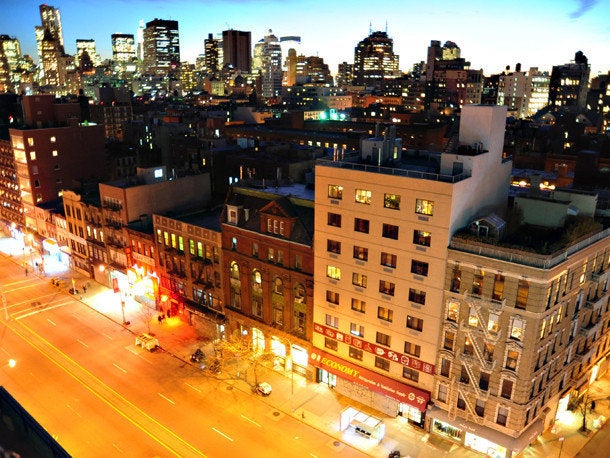
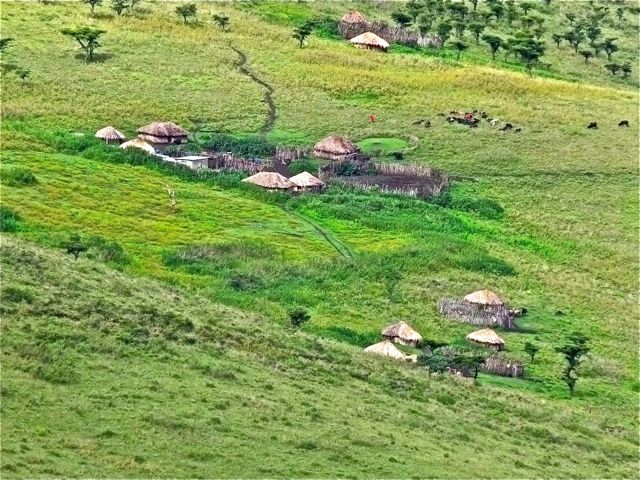
Last week, just after returning from Africa, I reviewed comparative, "then and now" photographs of Brainerd, Minnesota, presented by Chuck Marohn on the Strong Towns blog.
A vital 1890s street scene showed, as Chuck summarized, bustling urban life, at a time before and "without zoning, design standards, tax-increment financing, local economic development initiatives and the automobile." In stark contrast, a photograph from the same location today showed an empty, windswept street.
Brainerd, as presented, became the perfect foil for a nagging question brought home from Tanzania: Do we sometimes regulate away the urban vitality of our cities by attempting complex, prescriptive fixes -- aimed at modeling or reclaiming what used to evolve naturally -- and ironically squelch first principles of human shelter and transportation?
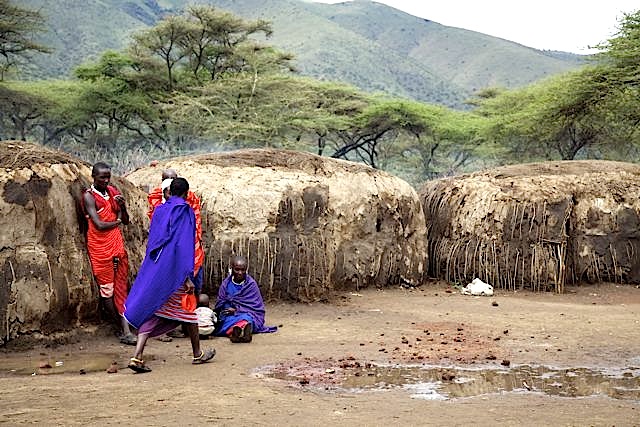
Inherited forms of shelter and age-old methods of transportation are to residential zoning and infrastructure planning what oral histories are to Gutenberg -- the backdrop of rich tradition for codification and institutional creation. If safety and well-being are maintained, such institutionalization may be laudable for preserving practices or legends otherwise lost with time.
However, if the result is lost functionality, needless complexity, discrimination or prohibitive expense, the institution may need reexamination.
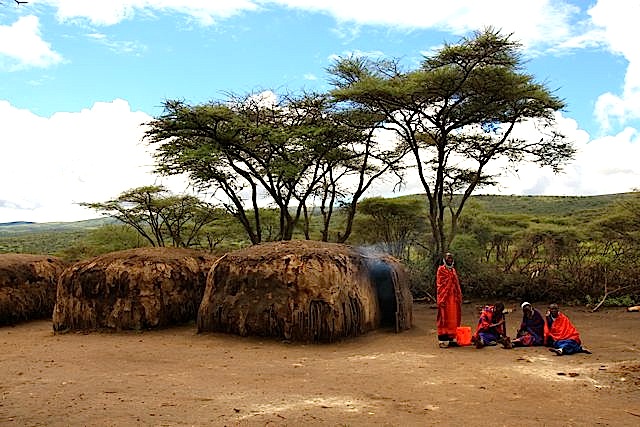
For instance, what if a zoning code is no longer cohesive, or impedes rather than accomplishes societal goals? What if the automobile is overused, at increasing expense, when bicycle, cart, or other transportation would do, with the value added of health and exercise?
Sometimes the contrast of a different place and tradition can refocus priorities, and warp the senses.
Consider the iconic Maasai village, with a perimeter of brush to discourage animal invasion, and a central open space for market or celebration. Consider further the adjacent huts built of dung and sticks with cramped entry spaces and "room" division with spaces little more in size than our natural reach.
The straightforward form and function works, as it has for countless generations.
What if we tried to "zone" this tradition, with pedantic setbacks and ratios and heights and densities? What acronyms would we develop? Would we fall prey to legislating increased dimensional allowances based on cultural "metrics" such as numbers of cows owned?
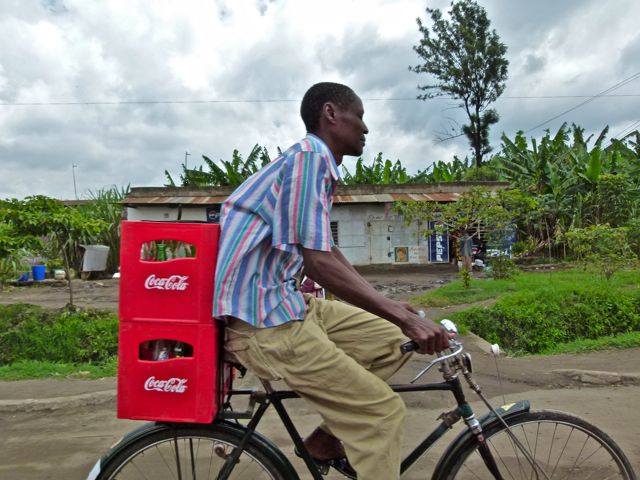
Consider also the traditional forms of transportation used when a car is either unavailable, inaccessible or inappropriate. Commerce and people can move, without regulation. Wheels and the human body go places in ways we have often forgotten. Innovative, human-propelled transport, often with goods attached, knows no bounds.
But what if we attempted to limit the weight of what can be carried? What if regulations striped out of use pathways where it is most convenient to travel or outlawed vehicles which are sometimes the most functional purveyors of here to there?
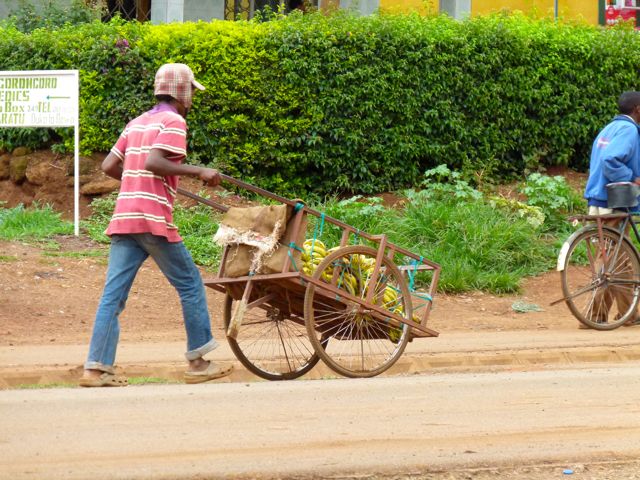
When the questions are posed, and we contemplate zoning classifications such as IH-1 (Indigenous Hut 1), CAR (Cow-Area Ratio), or monikers such as MMCW (Multimodal Carts and Wheelbarrows), the dialogue sounds absurd. And that may be the very point.
Marohn's Brainerd, Minnesota, then and now, and today's imagery from the developing world suggest that through the complex evolution of initially well-meaning institutionalization, perhaps we risk losing our way.
So, let's remember to reassess -- with simplicity in mind -- and always recall the first principles of shelter and the wheel.
All photographs are original, composed by the author. Summarized from similar, multipart articles in myurbanist, Sustainable Cities Collective and Seattle's Land Use Code: Listening for the future of the city.
